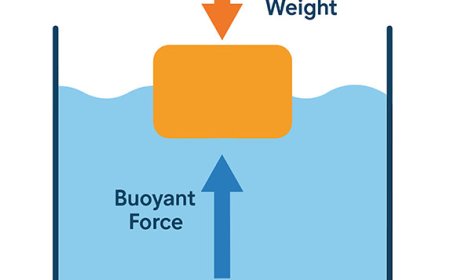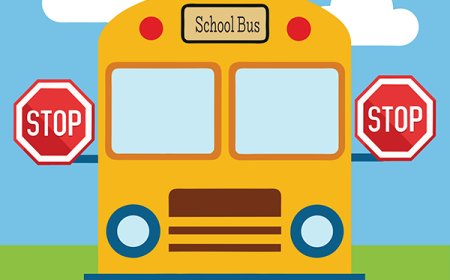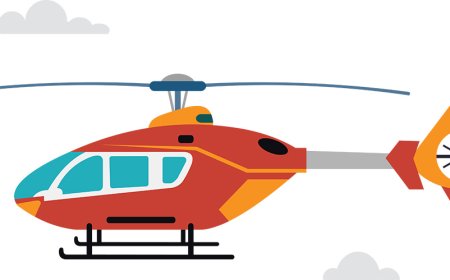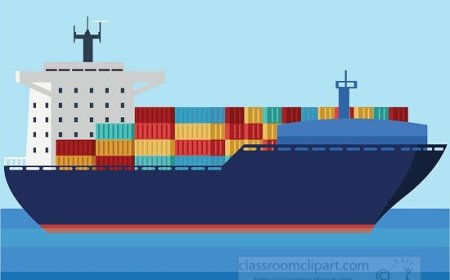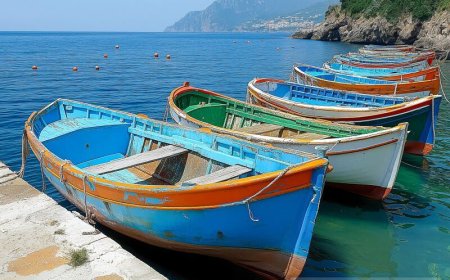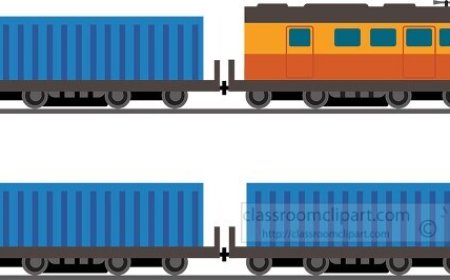What Is a Harbor? Safe Spaces for Ships Explained for Kids
Discover what a harbor is and how it helps ships stay safe. Learn the difference between a harbor and a port in this easy guide for kids.
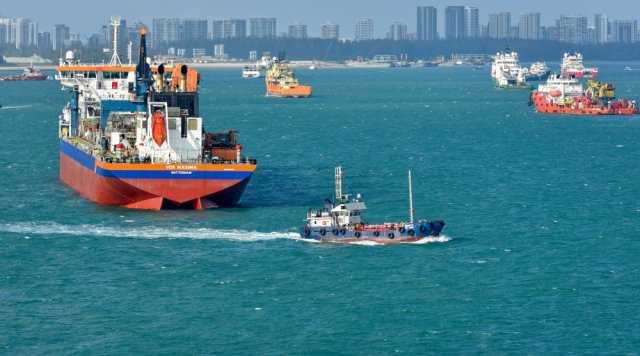
⚓ Harbor: A Safe Place for Ships to Rest
Summary:
A harbor is a protected area of water where ships can anchor safely. Harbors provide shelter from strong waves and storms and are often home to ports, docks, and marinas. In this article, you'll learn what harbors are, how they work, and why they’re so important to ships and coastal cities.
🌊 What Is a Harbor?
A harbor is a part of a coast where the water is calm and protected, making it a safe place for ships to stop and stay. Harbors can form naturally or be built by people.
Harbors protect ships from:
- Strong ocean waves
- Wind and storms
- Ocean currents
Without harbors, ships would have a hard time loading and unloading safely or even surviving in rough weather.
🏗️ Natural and Man-Made Harbors
🌿 Natural Harbors
- Formed by the shape of the land
- Bays, coves, and inlets that are naturally sheltered
- Great for anchoring without much construction
Examples: Sydney Harbor (Australia), San Francisco Bay (USA)
🧱 Man-Made Harbors
- Built using breakwaters, seawalls, or jetties to block waves
- Often made near big cities to handle trade and ships
- Can be larger and deeper for large vessels
Examples: Rotterdam Harbor (Netherlands), Port of Los Angeles (USA)
💡 Did You Know? The word harbor comes from an old English word meaning “shelter” or “refuge.”
🚢 What Happens in a Harbor?
Harbors are often home to many water-based activities:
- Ports for cargo and cruise ships
- Marinas for private boats and yachts
- Fishing docks for small boats and seafood
- Ferry terminals for people and cars
Ships can rest in harbors before going out to sea again, and workers can refuel, repair, or load them with goods.
⚙️ Harbor vs. Port: What’s the Difference?
People often confuse ports and harbors, but they’re not the same thing.
- A harbor is the natural or built body of water that protects ships
- A port is the place inside the harbor where goods and people move on and off ships
👉 A port needs a harbor, but a harbor doesn’t always have a port!
🌱 Harbors and the Environment
Harbors can be home to many types of sea life, but they can also be affected by pollution and construction.
Environmental Concerns:
- Oil spills or leaks from ships
- Water pollution from city runoff
- Dredging (removing mud) can harm sea creatures
Solutions:
- Cleaner ships and harbor equipment
- Safe waste disposal systems
- Protected marine zones near harbors
Some harbors are also used for education and conservation to help people learn about oceans and wildlife.
📚 Vocabulary to Know
- Harbor – A sheltered area of water where ships can anchor safely
- Breakwater – A wall that blocks waves to protect the harbor
- Marina – A small harbor for private boats and yachts
- Anchor – A heavy object dropped from a ship to keep it in place
- Dredging – Removing mud or sand from the bottom of a harbor to keep it deep enough
🧠 Think About It!
Why do you think so many cities around the world are built near harbors?
🧒 Kid-Friendly Summary
A harbor is a calm area of water where ships can rest and stay safe. Some harbors are natural, and some are built by people. Harbors protect ships and help cities grow by allowing safe travel and trade.


















































